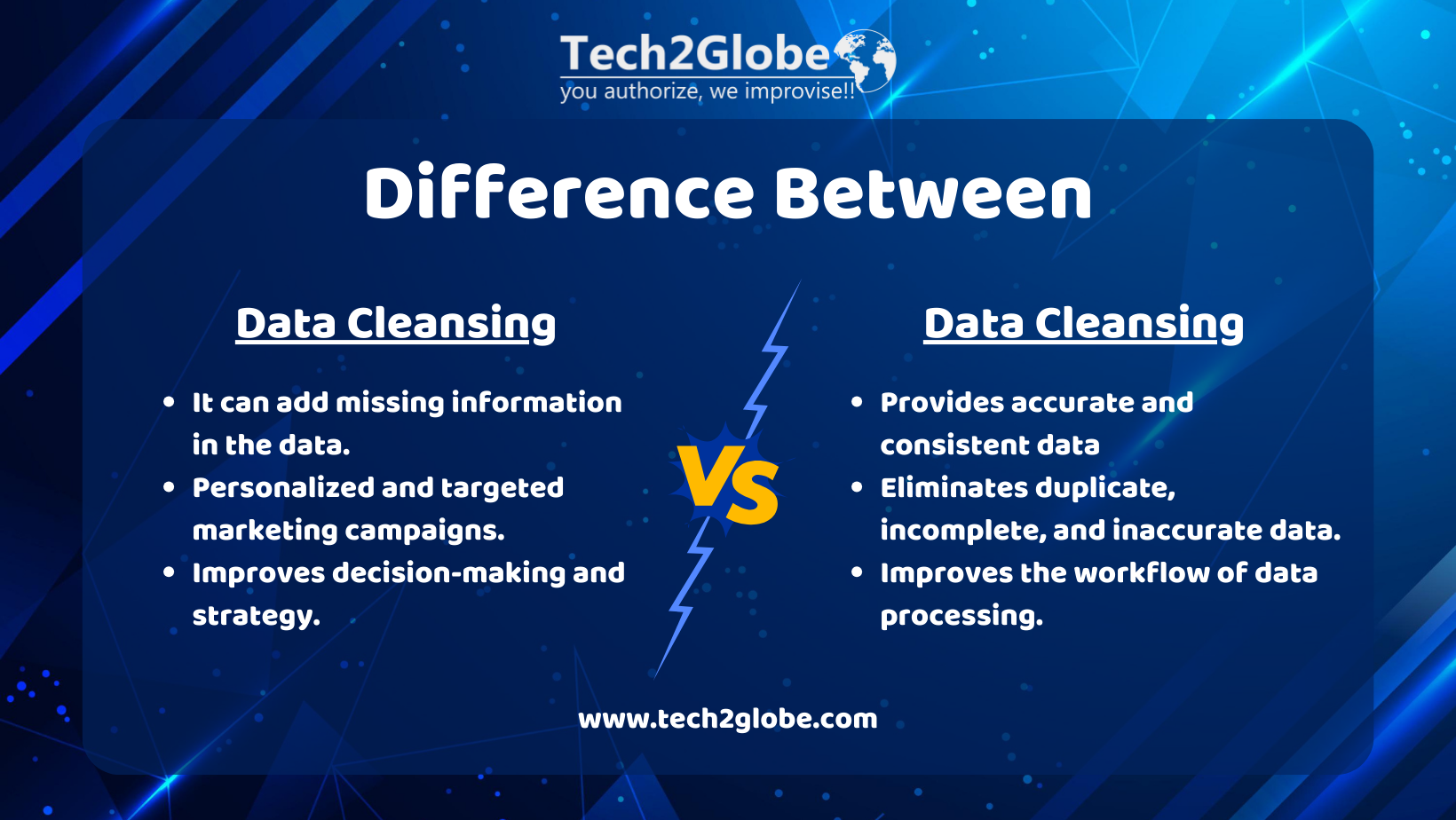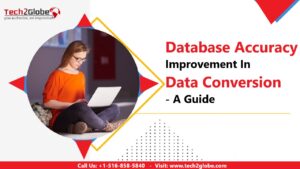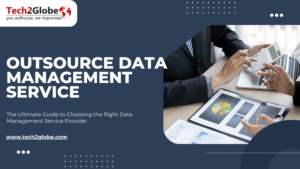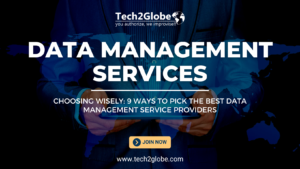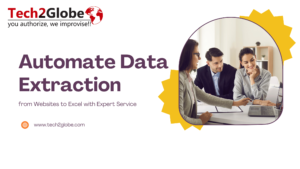Summary: Are you confused between data cleansing and data enrichment, or do you think both these processes are the same? The answer is no, they are not. Although both work to maintain accuracy and reliability. To learn more, read our blog that has all the information you need to understand these crucial processes.
Key Takeaways
- In order to guarantee that insights are comprehensive, data enrichment adds pertinent external data.
- Data cleansing ensures that the information is accurate and trustworthy by removing any mistakes.
- Moreover, businesses can benefit from better decision-making and more effective marketing with good data.
Did you know businesses lose $9.7 million yearly because of insufficient data? This global problem affects all businesses, from big ones to small ones, underscoring the importance of reliable data enrichment and data cleansing services. But what does “bad” data mean? It’s not just misspelled words or missing numbers. Instead, insufficient data might be spread out on different platforms in different formats, be formatted or encoded in a way that doesn’t make sense, or be old and useless.
Furthermore, data quality is essential in the business-to-business (B2B) sector, especially for Sales Development Representatives (SDRs). That’s because they know how crucial it is to get leads and meet sales goals. However, it’s not always easy to get from raw data to actionable insights. Trusting the information is challenging because every step of the process can introduce mistakes or biases.
Data Cleansing: Cleaning Up Your Data
Data cleaning is the process of eliminating or fixing wrong, corrupt, or badly formatted data and eliminating duplicates in a dataset. This kind of mistake can happen whenever data is combined or exported into a new form.
When you have a lot of data, it can be hard to find mistakes like labeling or duplication. However, a data cleaning protocol can eliminate or reduce these errors, giving you the good data you need to make data-based decisions.
Example: Imagine you have a big database of email addresses or SMS subscribers, and you need to extract certain information for a marketing campaign, such as the area codes your subscribers reside in. After reviewing all that data, you should know what to do next. On the other hand, you notice that the phone numbers in your list aren’t all formatted the same. Some have dashes, some have brackets, and some skip the area code altogether. Resolving these discrepancies is known as data cleaning.
Data Enrichment: Adding Value to Your Data
The IBM Big Data & Analytics Hub claims that poor data costs the US economy $3.1 trillion annually. Furthermore, Ovum Research shows that inadequate data can cost companies at least thirty percent of their sales.
Therefore, data enrichment is essential to improving data quality by adding relevant external data. Also, it enriches your dataset with prospect/customer data like:
- Demographics
- Firmographics
- Technographics
- Social media profiles
- Behavior-based intent data
By adding this information to your data, you gain better insights and understanding of your audience or customers.
For example, let’s say a lead has dealt with a company before but has never subscribed to the mailing list. This time, the lead decides to join the mailing list and enters their correct first and last name into the business database, but they forget to include their address.
In this case, a tool that uses socio-demographic data to enrich data could compare the data entered with correct postal records and add address data automatically, raising their lead score.
Importance of Data Cleansing and Data Enrichment
The quality of the data is essential to the success of data-driven marketing, the generation of leads, and the overall customer experience. Without accurate data, your marketing campaigns will not be able to perform to their full potential.
Furthermore, there are seemingly an infinite number of benefits to having accurate customer data:
- Make your profiles better so that you can send relevant offers to the right prospects.
- Ensure you send mail, etc., to the right person and address.
- Cut down on the waste from marketing to emails, addresses, etc., that don’t exist.
- Add more information to your data to learn more about your customers.
- Take more charge of the whole B2B customer journey
- Big Data should be made more valuable.
With the data augmentation and deep learning technology available today, you can clean and enrich your data with minimal effort. Because of this, you won’t have to worry about manually updating records whenever there is a change in customer information, which is a massive benefit as your CRM expands.
How Are Data Cleansing and Enrichment Different?
| Basis of Differentiation | Data Cleansing | Data Enrichment |
| Meaning | Which fixes existing data errors, inconsistencies, and gaps, ensures data quality and improves data consistency. | Which adds missing information and fills gaps in the data, further enhances data richness and adds more details. |
| Focus Areas | Focuses on cleaning and standardizing existing data. | Focuses on enhancing data richness and adding more details. |
| Applications | Primarily used to clean and standardize existing data. | Use it to augment existing data with additional relevant data. |
| Purpose | Ensures accurate and reliable data for analysis. | Expands the scope and usefulness of the data. |
| Benefits | It can add missing information in the data.Personalized and targeted marketing campaigns.Improves decision-making and strategy. | Provides accurate and consistent dataEliminates duplicate, incomplete, and inaccurate data.Improves the workflow of data processing. |
Prioritizing Data Quality: Cleansing vs. Enrichment
Undoubtedly, both practices are important for maintaining data quality and accuracy. Let’s understand more about it.
CRM software has always been on the rise. In 2018, it soared in popularity with a staggering 16% growth rate, solidifying its position as one of the software market’s most dynamic sectors. This phenomenal momentum continues today (in 2024). In fact, analysts predict that the CRM software market will maintain a stellar growth rate of 13.4% from 2023 to 2032, with a projected revenue exceeding a whopping $80 billion by 2025.
Even though CRM has many benefits, bad data quality can really hurt your business’s growth, income, and ability to make accurate predictions. Also, if the information in your CRM system is wrong or missing, it might prevent you from getting qualified B2B leads.
Because of insufficient data, your sales development team may encounter trouble filling the sales funnel with qualified leads, and your forecasts are off, which means you miss out on opportunities.
Also, your business goals may not be met in the end.
However, two important things you can do to deal with these problems and ensure the quality of your data are data cleansing and data enrichment. By using these steps to maintain and improve your data, you can lessen the adverse effects of insufficient data and set your business up for better results.
Common Issues to Address
If you want to optimize data management effectively, remember and avoid certain things when using data enrichment and data cleansing services.
Avoid Data Silos
It is easy to keep data in different databases. For example, marketing uses marketing automation, sales uses CRM, and customer service uses a different system. Systems that aren’t connected block a company-wide view. Instead, putting all of this information together into a complete picture of the customer and situation makes things much better.
Discard Unnecessary Data
After all the work involved in gathering data, there is sometimes an inclination never to delete it. From a compliance standpoint, though, this can cause trouble. Eliminating outdated data—those of individuals unsubscribed from your email list—helps you keep your business GDPR compliant.
Continuously Clean and Enrich Data
According to research, B2B data deteriorates at 70% annually; thus, if you neglect to clean and update your data regularly, you risk setting your sales and marketing team up for failure. Just-in-time data cleansing is the process by which businesses clean and examine their data on a project or campaign basis.
Conclusion
Both of these concepts are important for managing and ensuring data quality because they help clean and check all of your data as it moves through the data pipeline. Moreover, meaningful analytics and business decisions based on data need to be able to be cleaned and added to data continuously and effectively.
Schedule a call with our team to learn how we can assist you in managing your data with our data cleansing and enrichment services.

Sahil Verma is a strong pillar of Tech2Globe’s success. As Vice President of Sales, he has played a pivotal role in the company’s growth for over the years. His expertise spans across web, mobile, and software development consulting. With his experience of 15+ years he leverages cutting-edge technology to help businesses build revenue-generating applications. Known for his client-centric approach, Sahil has a knack for understanding each business’s unique needs and offering them prompt solutions. This allows him to recommend technology solutions that enhance their intelligence, efficiency, and ultimately, profitability.




